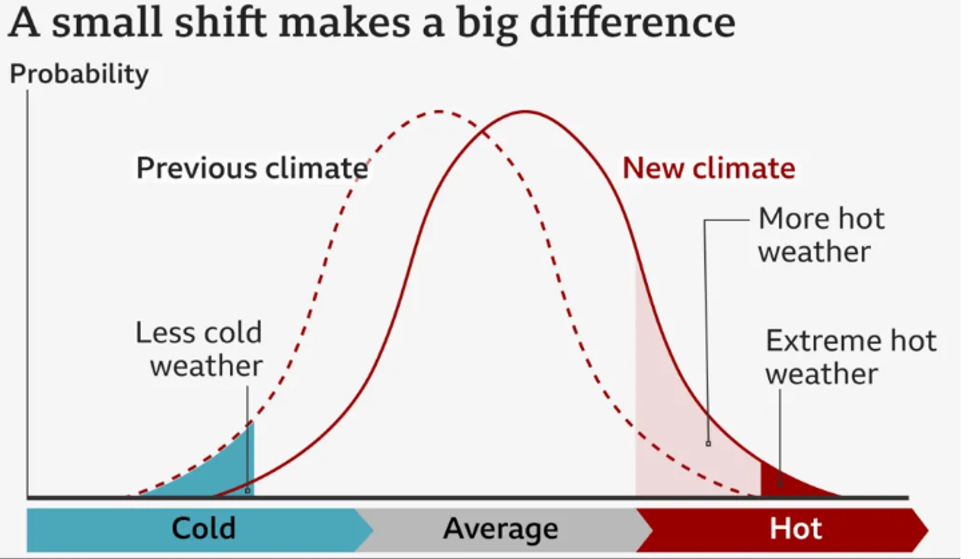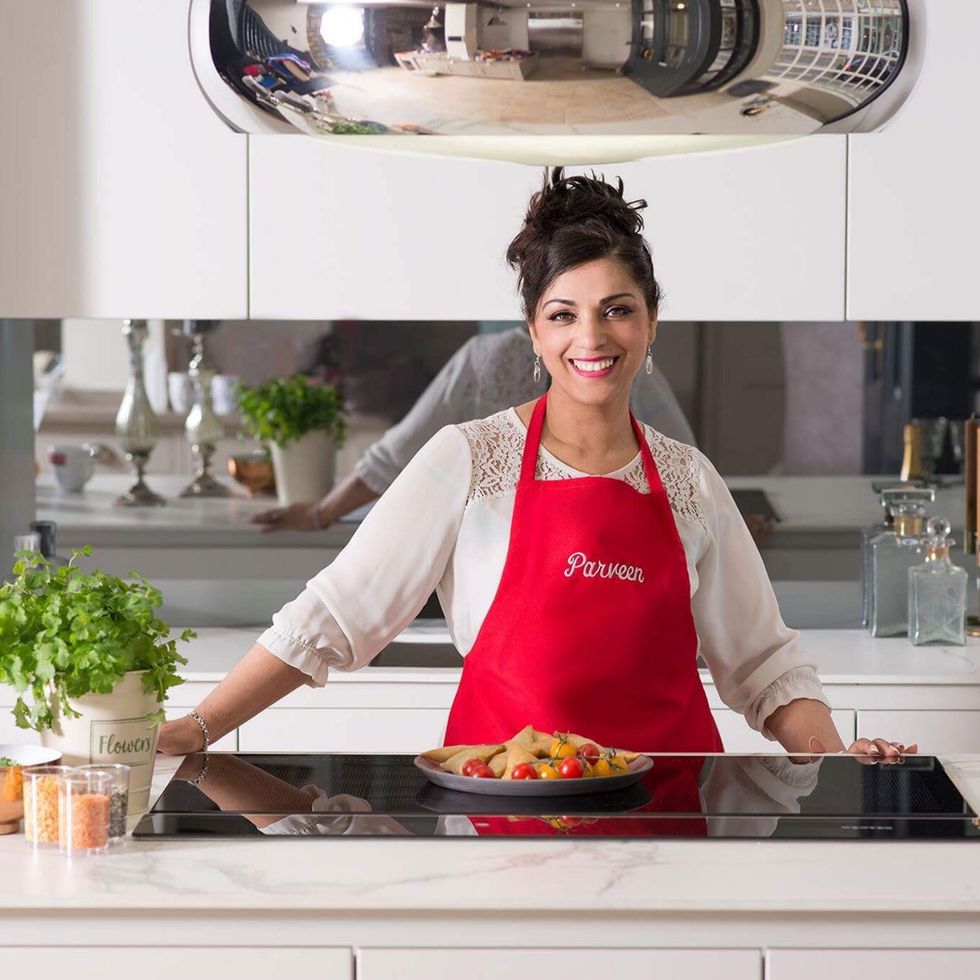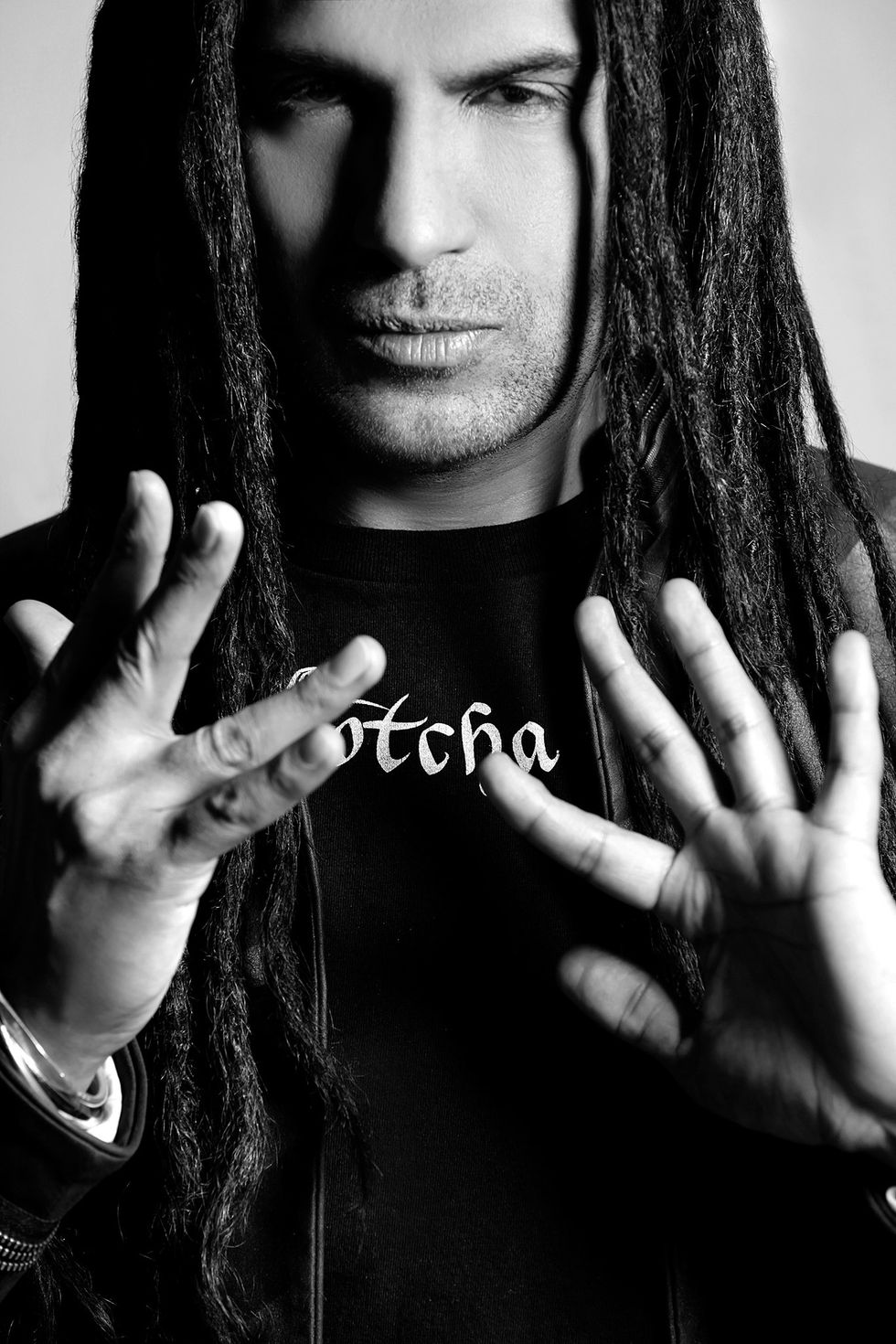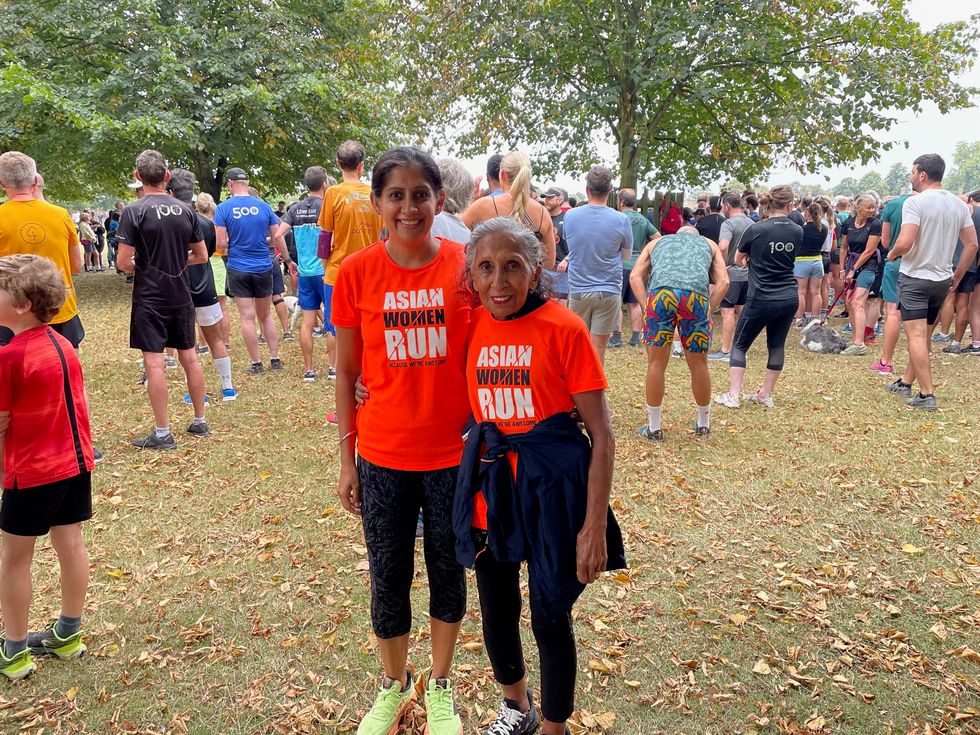A GUIDE TO IDENTIFYING THE PROBLEM AND CURING IT
by MITA MISTRY
A GOOD night’s sleep is essential to healthy living and especially for those in lockdown, but it’s not always easy if there is someone who snores in the household.
With around 50 per cent of people snoring at some point in their lives, two thirds of British people blame their partners for their sleepless nights and it has also caused relationships to break down. Snoring also becomes more common as you age, and there is a tendency for snoring to run in families.
According to the American Academy of Sleep Medicine, snoring is more common in men because they have narrower air passages, but many women snore too and most will find it too embarrassing to talk about. It doesn’t just affect the other person forced to listen to the loud sleeping noises, but the irregular breathing associated with it means it can affect the snorer. There are cases where someone snoring can wake themselves up, with the noise.
Not doing something about snoring is a mistake because it can be due to a serious health problem and something curable doesn’t need to be the cause of a relationship breaking down.
With that in mind, Eastern Eye presents a guide to understanding what snoring is and how it can be tackled.
What is snoring?
Snoring happens when the air you breathe in through your nose or mouth makes the tissues of your throat vibrate, causing noisy and often relentless irritating sounds, which can vary from soft to extremely loud. It can occur during any stage of your sleep and be a sign of an underlying health condition like sleep apnoea (blocked airways), structural issue with the throat, mouth or nose, being overweight or sleep deprivation. Snoring can be the result of eating or drinking heavily close to bedtime or sleeping in an inappropriate position, such as on your back.
What can be done?
See a doctor: The first port of call should always be to see your doctor, to rule out any underlying medical conditions. There is no need to be embarrassed about it, as it’s essential to be completely honest to get the best possible advice from the trained medical practitioner. The solution could be as simple as nasal spray to correcting a deviated septum through surgery.
Acupuncture: A course of acupuncture can help dilate blood vessels, allowing oxygen and nutrients to flow in and nourish the nostril tissue. This helps reduce congestion and clears the airways, which can often solve snoring. Plus, you get a whole load of other benefits like boosted energy levels, more interest in sex and life in general, owing to lowered stress levels and better circulation.
Lose excess weight: Shedding extra pounds can help reduce tissue in the throat that may be contributing to snoring. It is advisable to seek help from a nutritionist or a doctor, but you can also lose weight by controlling your portion sizes, exercising and swapping high calories foods with healthier options.
Sleep on your side: A simple change of sleep posture can also make a big difference. Sleeping on your side can help air to flow more freely, as laying on your back can sometimes make your tongue move to the back of your throat, which could be the cause of a blocked airflow.
Less alcohol: Avoid alcohol or limit it before sleeping. Alcohol can cause your throat muscles to relax, which increases the chances of snoring. So avoiding alcohol for a few hours before sleep is another way to cut down snoring.
Stop the cigarettes: Smoking is not only an unhealthy habit, but it can exacerbate snoring. There are many therapies that are available now to help smoking cessation and on the whole enhance general wellbeing.
Get rest: Sleep deprivation and snoring often go hand in hand. The less hours you sleep, the more likely you are to snore. So establishing good sleeping patterns can help the overall quality of your rest. Try a bedtime routine and aim for seven to eight hours of sleep a night. You should ideally wake up feeling fresh.
Check your pillows: When was the last time you replaced your pillows? Dust mites can accumulate in pillows and cause allergic reactions that may trigger snoring. Adorable as they are, pet hair can also irritate the airways. So stay on top of taking care of your pillows and bedding.
Drink plenty of water: When you are dehydrated, the secretions in your nose and throat become stickier, which can amplify snoring. Try drinking two litres of water daily to keep these tissues healthy and for better general wellbeing too.
Keep your bedroom moist: Heating can create dry air in your bedroom and while it may not be the primary trigger of your snoring, it will most certainly magnify it. You can try using a humidifier or placing a bowl of water over a radiator or bedside cabinet to keep the air in the room moist. Your lungs and throat love moisture because lubrication enables easier noise free breathing.
Track your snoring cycle: If your snoring is not driving anyone mad because you sleep alone, how do you know if you are snoring? The good news is, you can now track it on apps, just like you can track sleep. Trackers on the market currently measure the sound of your snores and the impact on your sleep quality, and this can motivate you to make a positive change.
Visit a pharmacy: Your local pharmacists will be able to suggest some simple solutions to snoring, which includes nasal strips for the bridge of the nose and sprays to help make breathing easier during the night. Many over-the-counter products like these have been known to work in different ways to help eliminate the problem.





 Sea levels around the UK are now rising faster than the global averageUS EPA
Sea levels around the UK are now rising faster than the global averageUS EPA










 A cookery theatre presented by television chef Parveen the Spice QueenRFMP
A cookery theatre presented by television chef Parveen the Spice QueenRFMP The mela will feature live music, street food, cookery demos, fashion stalls, and a funfairRFMP
The mela will feature live music, street food, cookery demos, fashion stalls, and a funfairRFMP

